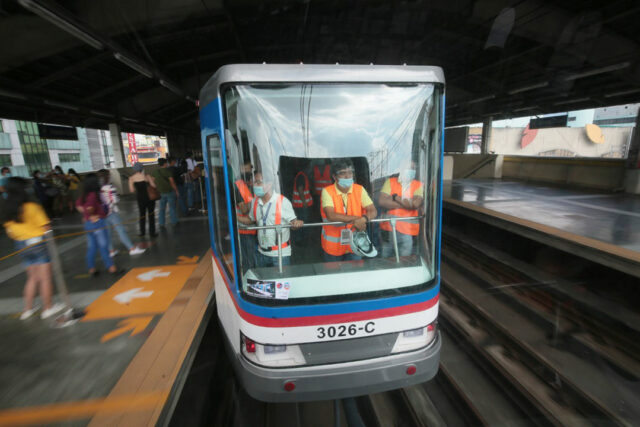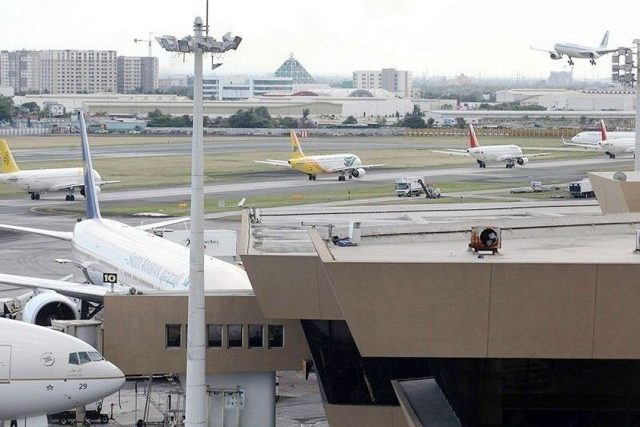IN BRIEF:
• Businesses are focused on advancing their AI supply chain pilot projects into fully functioning applications.
• GenAI can serve as a dynamic tool and a force multiplier in fortifying supply chains.
• Despite its limitations, GenAI provides a multiplier in what technology and humans can achieve together in building efficient and resilient supply chains, whether in planning, sourcing, making or moving.
In the wake of the global pandemic, businesses remained focused on advancing their artificial intelligence (AI) supply chain pilot projects into fully functioning applications. Companies are turning more to AI for demand planning and procurement within their supply chains, and are also investigating its potential for streamlining processes and enhancing efficiency in final-stage delivery. However, the rapid emergence of Generative AI (GenAI), brought to prominence by ChatGPT, has dramatically shifted perceptions about the capabilities of AI.
GenAI is adept at producing new content that includes images, text, audio, or video, drawing from its training data. This technology isn’t new, but recent developments have streamlined its use and enhanced its practical value. As funding flows into this technology, leaders are swiftly assessing how it affects their operations and business structures, aiming to capitalize on its benefits. For those who diligently and strategically engage with innovation while maintaining an awareness of its limits — rather than impulsively chasing trends — GenAI can serve as a dynamic collaborative partner and a force multiplier in fortifying supply chains.
What might have once been considered fictional is now part of serious conversations. AI applications are already being put into practice in real-world scenarios throughout the entire supply chain. These are made possible by GenAI’s capabilities to organize and sort information based on visual or textual inputs, rapidly assess and adjust strategies, plans, and the distribution of resources in response to live data, produce various types of content on-demand, leading to quicker reaction times, summarize vast amounts of data while highlighting essential insights and patterns, and quickly help retrieve relevant information and deliver immediate responses, whether through voice or text.
While it does have its limitations, GenAI provides a multiplier in what technology and humans can achieve together in building efficient and resilient supply chains, whether in planning, sourcing, making or moving.
PLANNING
GenAI streamlines engagement across technology-driven planning activities. Modern GenAI applications are also capable of proposing multiple strategies in case of unforeseen complications. The area of risk management stands out as particularly promising, especially in anticipating risks that supply chain planners might not have previously contemplated. Numerous organizations are leveraging AI to sift through extensive historical sales data, market movements, and other factors to construct real-time models of demand. In addition, GenAI enables the formulation of ideal inventory quantities, manufacturing timetables, and distribution strategies to efficiently satisfy consumer needs.
AI can assist in orchestrating production and timetabling by taking into account elements such as changes in customer orders, production capacity, resource availability, and the priority of orders. Similar to its capabilities in forecasting demand, GenAI can devise production plans, scheduling sequences, and efficiently allocate resources to reduce bottlenecks and optimize production efficiency.
Currently, AI can be utilized to scrutinize historical data, market dynamics, climatic trends, and geopolitical occurrences, among other information sources, to pinpoint potential risks within the supply chain. Rather than relying on preset dashboards, for instance, GenAI can be prompted to generate on-the-spot risk evaluations, simulate various scenarios, and craft strategies for risk mitigation to aid planners in proactively overseeing and reducing risks.
SOURCING
Beyond negotiating, GenAI offers a chance to enhance supplier engagement and oversight, providing guidance on subsequent actions. These useful tools can quickly pull information from extensive contracts, potentially helping prepare for discussions about contract renewals. In managing suppliers, companies can utilize natural language processing to derive insights from supplier communications and various data points. It can support the supervision and analysis of supplier interactions, pinpoint potential problems, and foster stronger supplier partnerships.
Moreover, GenAI can assist in the process of choosing suppliers by evaluating a broad spectrum of supplier data and producing insights. By considering aspects such as supplier performance, capabilities, pricing, and risk assessments, GenAI algorithms can offer suggestions or rankings to support well-informed decision-making.
MAKING
GenAI is revolutionizing the supply chain by significantly accelerating the journey from concept to commercialization, even when it involves new materials. Organizations are educating algorithms on their proprietary data and then employing AI to uncover methods to enhance productivity and efficiency. Predictive maintenance is yet another area where GenAI can pinpoint which machinery or production lines are at risk of malfunctioning and when, thereby enhancing overall equipment effectiveness (OEE) — a critical metric in manufacturing.
In product design, GenAI can rapidly generate and assess numerous design alternatives based on set criteria, drastically accelerating the innovation cycle. This approach can be applied to a wide range of design challenges, from engineering new components for industrial machinery to creating consumer goods that are more efficient, robust, or visually attractive. Informed by data from factory machinery, GenAI models can also devise new maintenance strategies that align with predicted failure times of equipment. This enables manufacturers to fine-tune their maintenance timetables to intervene only when necessary, minimizing operational interruptions and expenses while also prolonging machinery lifespans.
In addition, GenAI can be used to unearth new materials and refine existing ones. By analyzing extensive data on material characteristics and experimenting with various combinations, it can recommend new materials with specific desired traits or enhance the properties of current materials. This innovation could lead to the development of materials that are more efficient, sustainable, or durable for manufacturing purposes.
MOVING
Although GenAI application in the field of logistics isn’t new, the generative aspect introduces new levels of adaptability. For example, it can be used for route optimization for reduced fuel usage, the prioritization of specific shipments, or integration of various factors into an accessible platform.
GenAI can optimize global trade by assessing a wide range of factors, such as tariffs, customs rules, trade agreements, and shipping expenses, to propose the most effective and economical routes and strategies. This helps businesses to maneuver through intricate global trade networks, ensuring compliance while cutting costs. Additionally, GenAI can improve the design of logistics networks by considering elements such as warehouse locations, transportation links, and demand patterns to generate efficient configurations. This results in shorter delivery times, decreased expenses, and heightened service quality.
One of the significant challenges in logistics is real-time routing, which GenAI can address by constantly refining and enhancing delivery or collection routes in response to evolving conditions such as traffic, weather, and delivery priorities. This leads to heightened efficiency, lower fuel usage, and greater customer satisfaction.
REALIZING VALUE WITH GENAI
GenAI is a potent instrument with its own set of constraints, but it should not be mistaken for a strategy in itself. Organizations must focus on the business benefits and establish a roadmap, guided by the following steps:
Focus on domain-wide transformation. Identify use cases with significant potential, aiming to create an integrated ecosystem that complements traditional business practices and unlocks new opportunities.
Coordinate and collaborate. Discuss the broader implications of using GenAI and pinpoint the competencies needed across various departments, extending beyond just the technical roles.
Maintain an open mindset while being mindful of risks. Launch exploratory pilot projects to gain insights, secure early successes, and work towards a model that can be expanded and adopted on a larger scale.
Utilizing AI in supply chain management can help organizations become more resilient and sustainable while transforming cost structures. With recent developments that make AI easier to use and more effective in realizing value, organizations must evaluate how its advances can impact their sectors.
This article is for general information only and is not a substitute for professional advice where the facts and circumstances warrant. The views and opinions expressed above are those of the author and do not necessarily represent the views of SGV & Co.
Jan Ray G. Manlapaz is a consulting partner and Mary Andrea T. Bacani is a Supply Chain and Operations (SCO) senior manager of SGV & Co.












